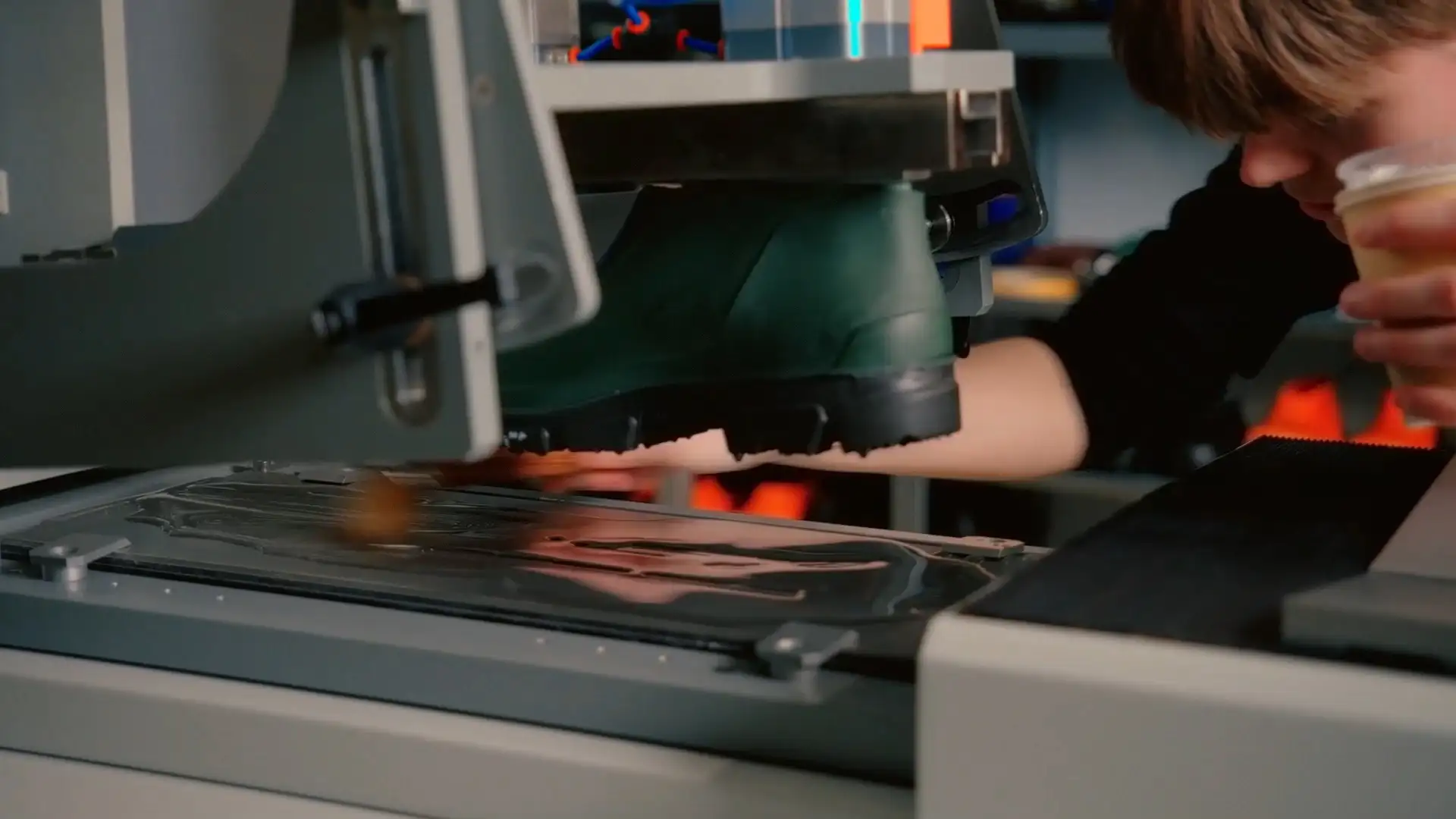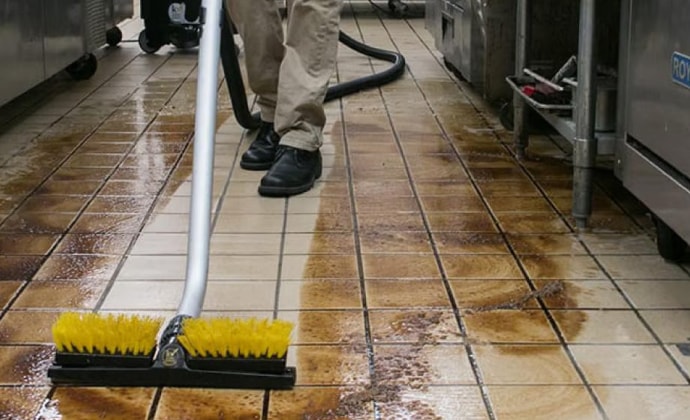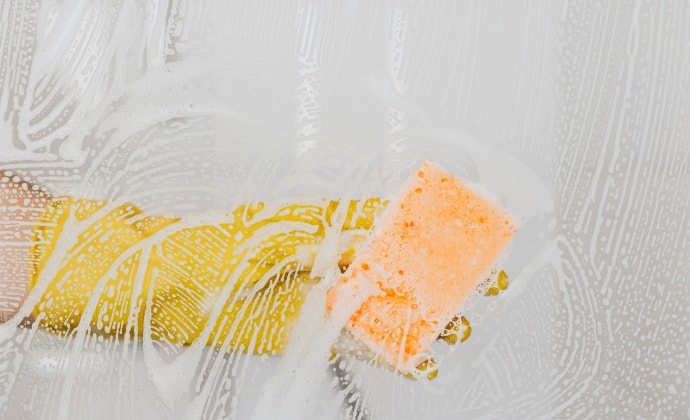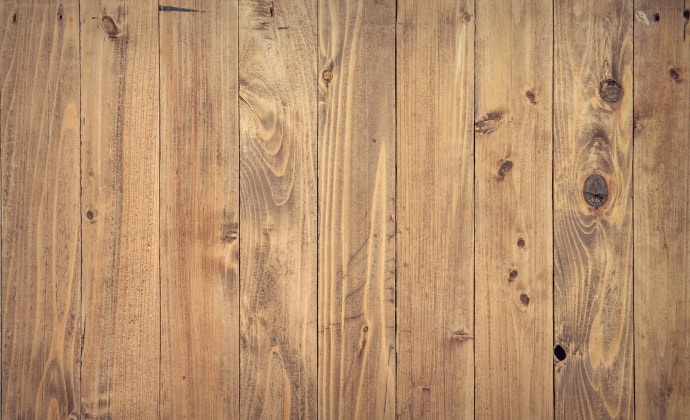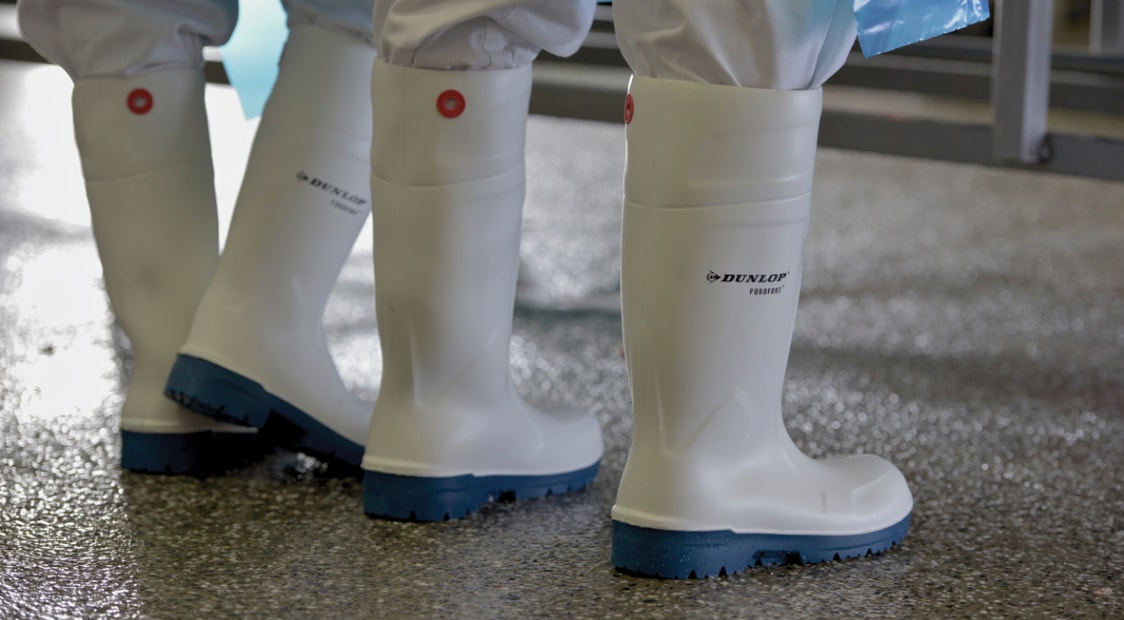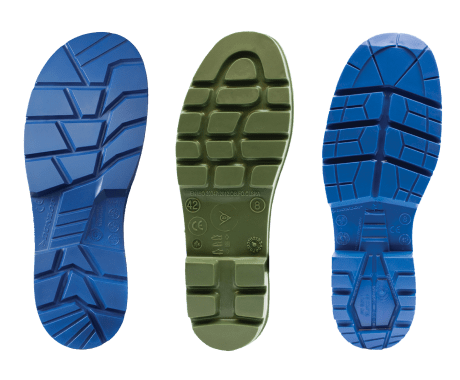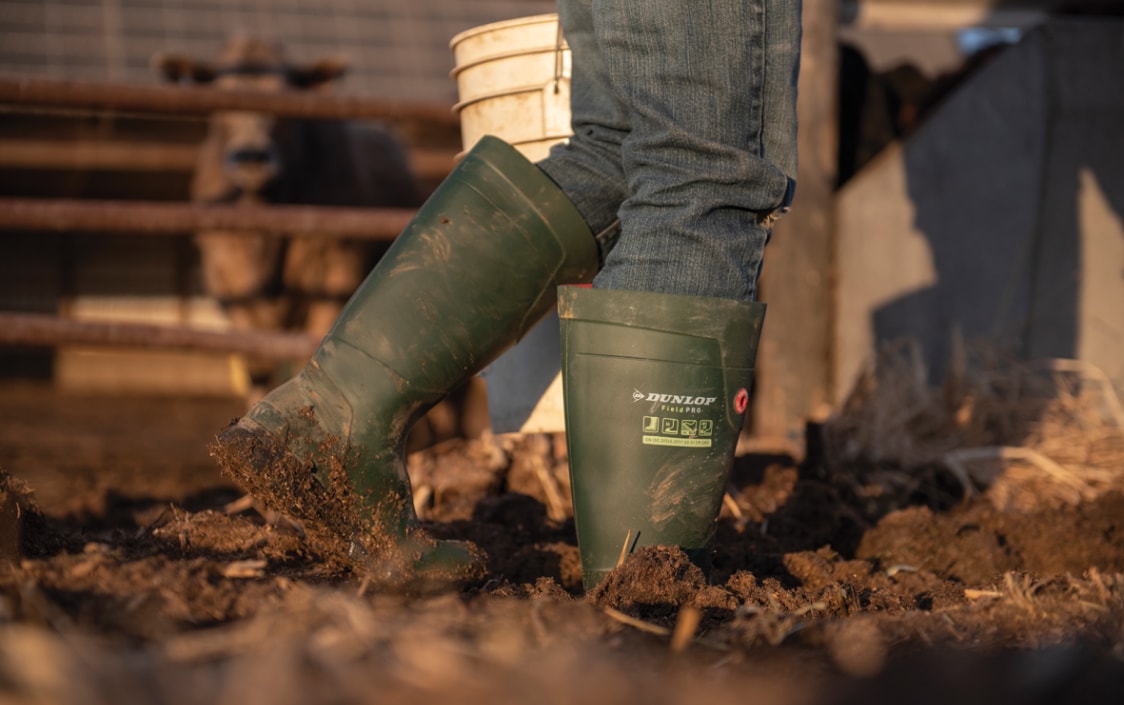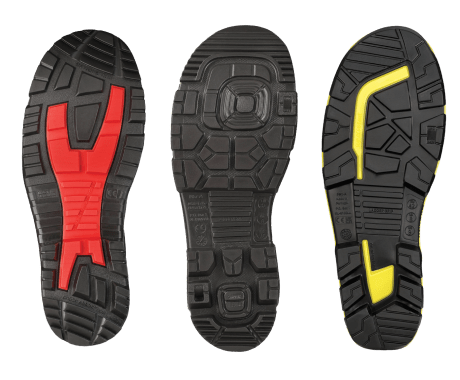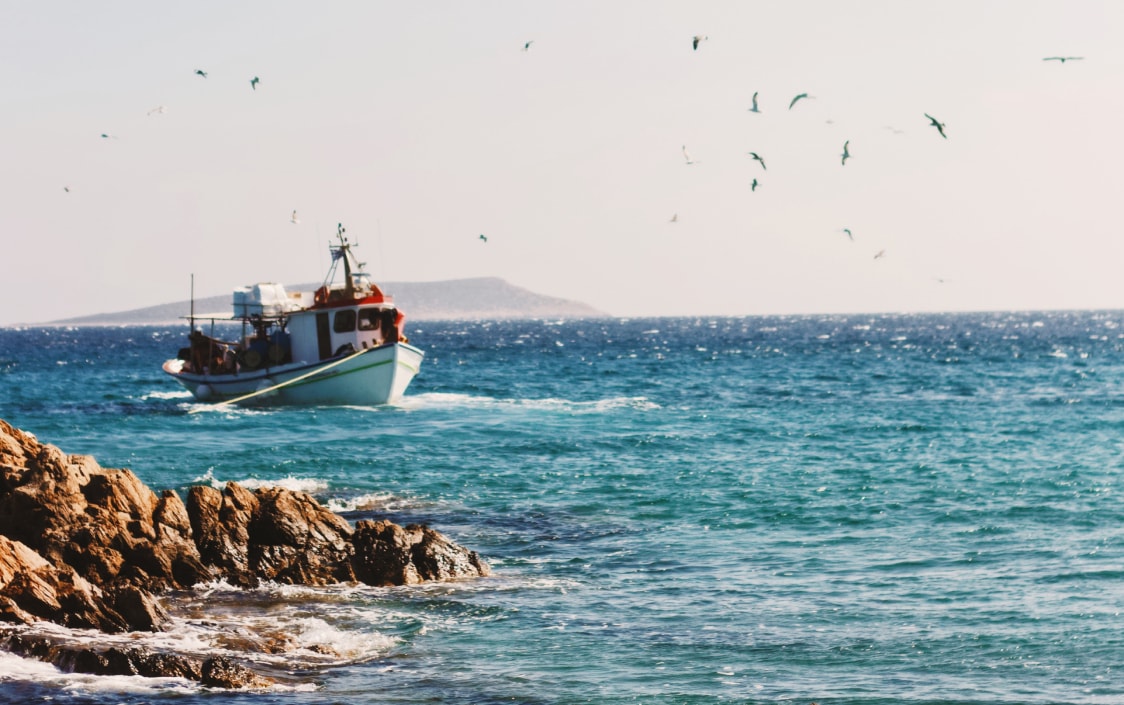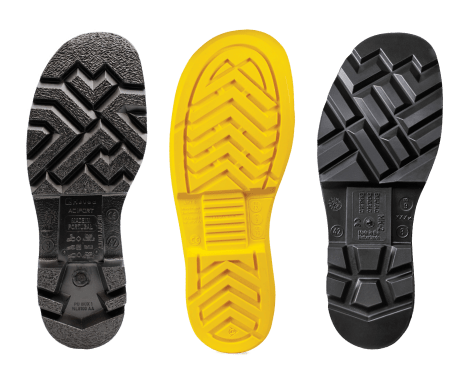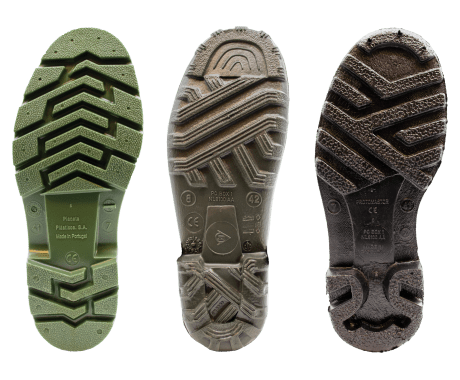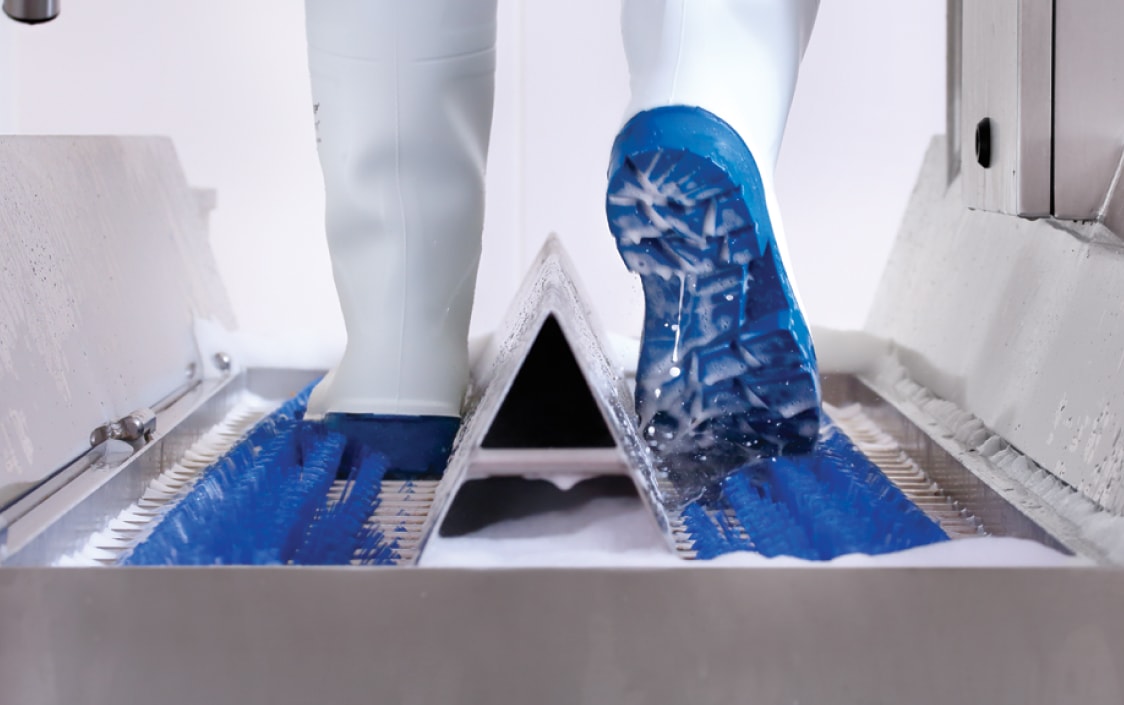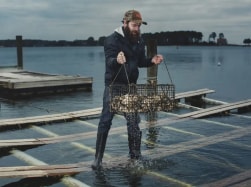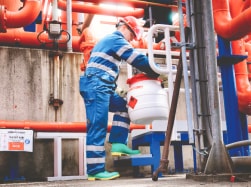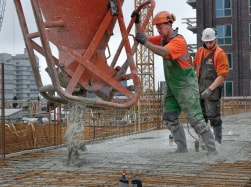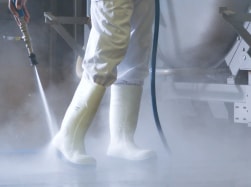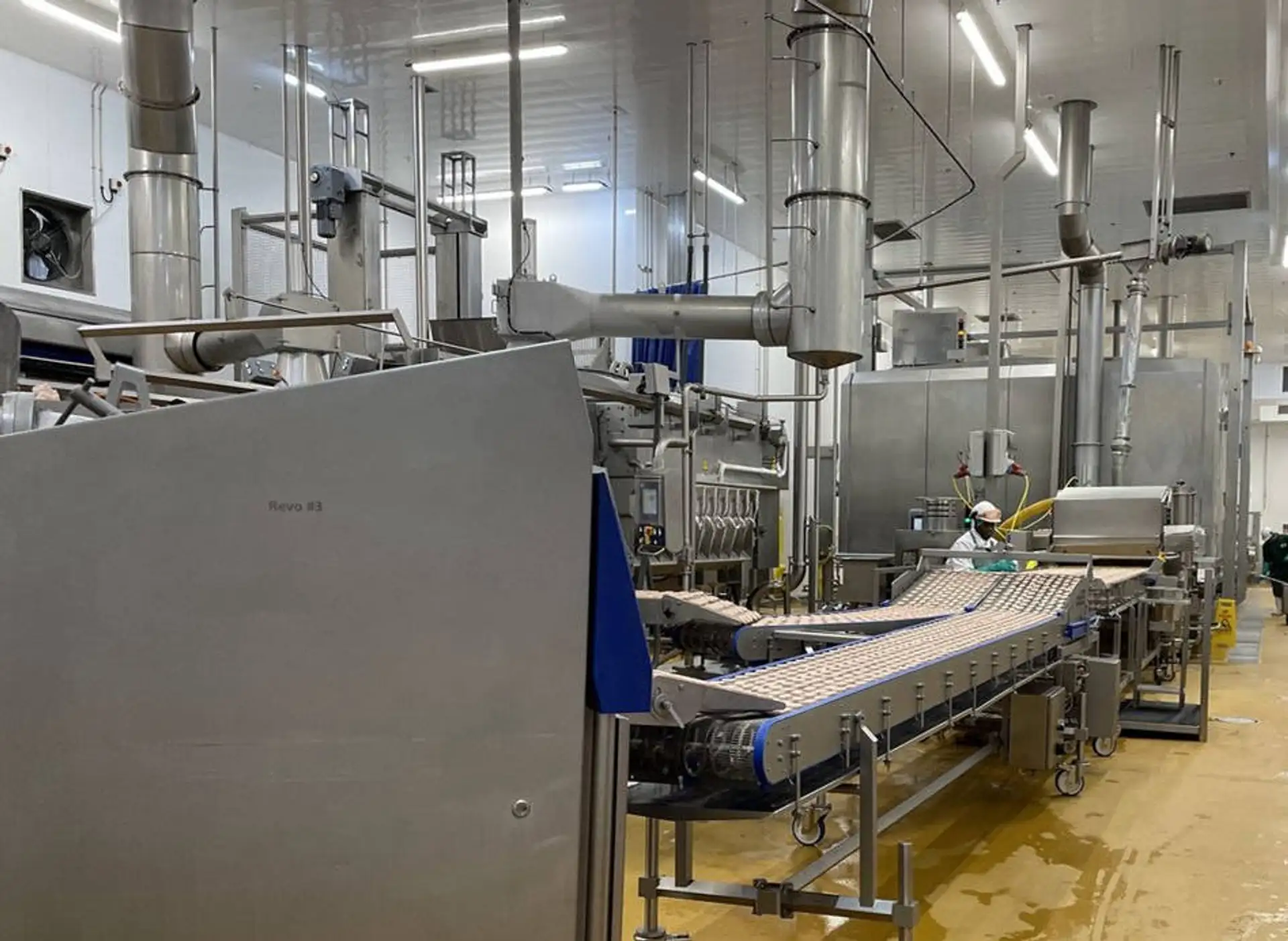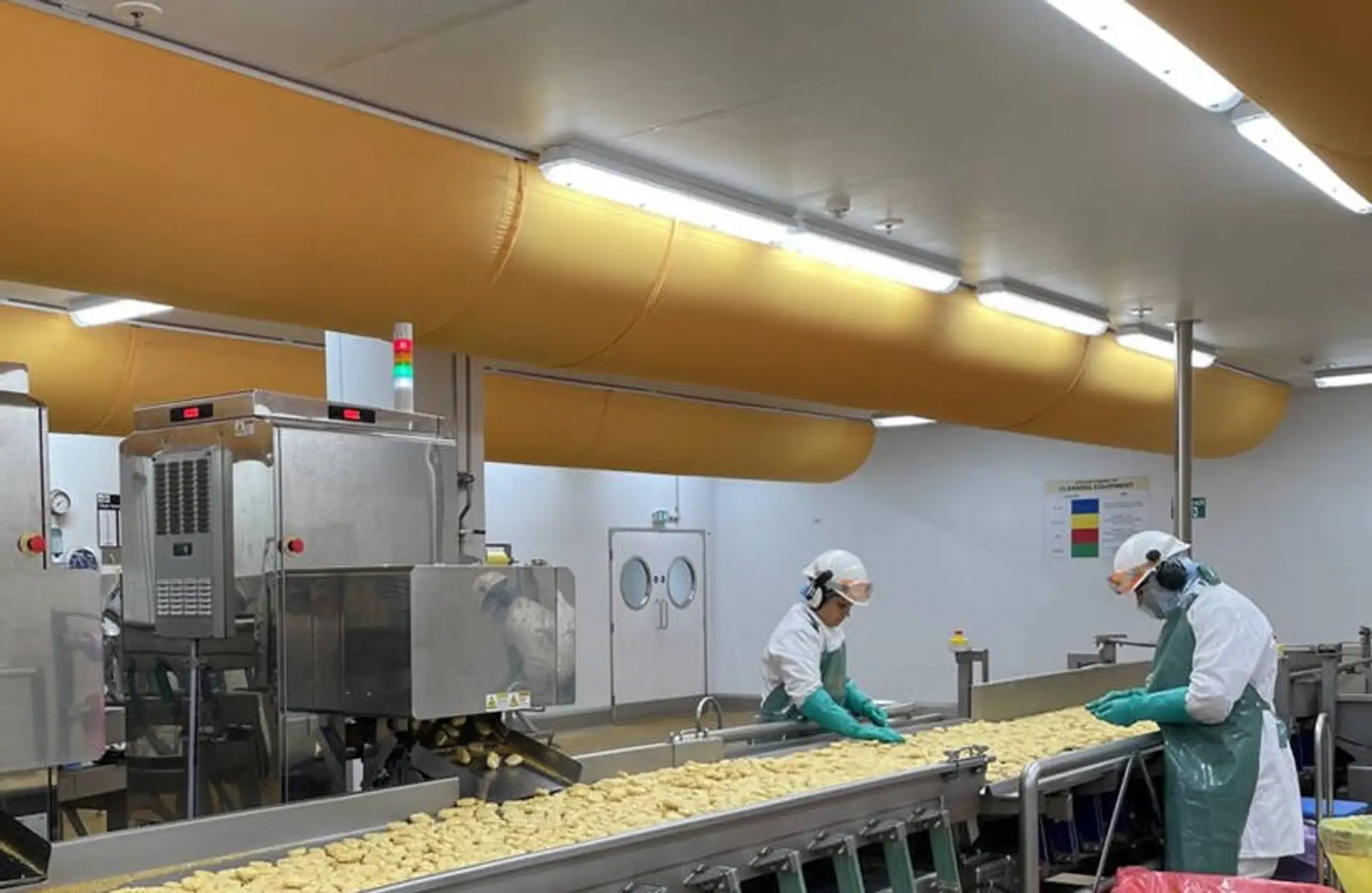SR stands for Slip Resistance and is part of the ISO standard
introduced in the second quarter of 2022 (EN ISO 20345:2022).
All safety footwear must pass a minimal level of Slip
Resistance on Ceramic tiles with a film of a soapy detergent
in order to be deemed safe and classified as O4, S4 or S5.
If
shoes offer an advanced Slip Resistance level then additional
testing may prove them to be certified with an additional 'SR'
indication. The additional tests are performed on Ceramic tile
with a film of fatty solution namely Glycerine.
Slip
testing is performed in two positions reflecting the normal
human walking pattern (or gait), those being: the moment the
heel lands on the ground (Forward Heel) and the moment of
pushing the forefoot backwards to gain momentum (Backward
forepart).
The required CoF's to pass for SR:
- Ceramic tile + NaLS + Forward Heel = CoF ≥ 0.31
-
Ceramic tile + NaLS + Backward Forepart = CoF ≥ 0.36
-
Ceramic tile + Glycerine + Forward Heel = CoF ≥ 0.19
-
Ceramic tile + Glycerine + Backward Forepart = CoF ≥ 0.22
According to ISO, slip resistance must be tested on the
smallest, biggest and average size of a size range to prove
that the full size range will offer the claimed slip
resistance level.
